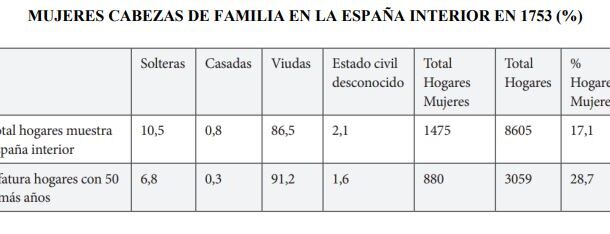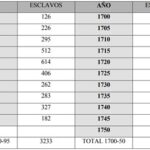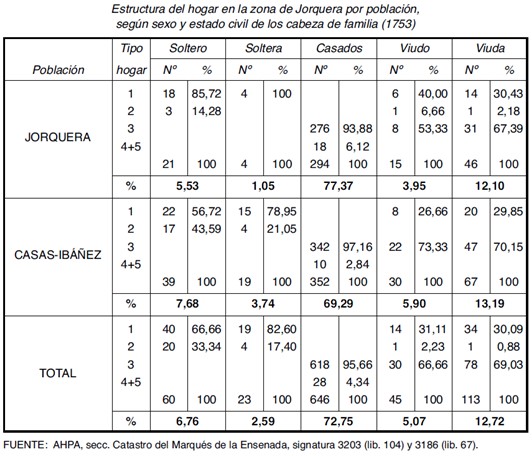
The slave trade during the Modern Age reached its peak in the 16th century, years of strong commercial exchange in America after its discovery in 1492. However, other cities such as Cádiz, near the port of Seville, saw its peak between 1650 and 1700. The main groups of slaves that were sold came from the African continent with the following profile: black women between 20 and 29 years of age. There, Portuguese, English and Dutch ships bought slaves from local chieftains and transported them to Spain for sale and distribution, a practice that spread to the rest of Europe. Such sales could be made by public auction or by direct contracts between the parties; both cases were recorded in the files of the Notarial Protocols, although on many occasions no written record was left. That is why the real figures of sale could, according to studies, be multiplied by 5 in the city of Cadiz, going from 3,481 to 17,405 slaves traded between 1650 and 1750.
Collection: Statistics
Project: 3. Rural world and urban world in the formation of the European identity., 4. Family, daily life and social inequality in Europe., 9. Travels and travelers: economic, social and cultural connections.
Chronology: XVII, XVIII
Scope: Secondary Education, Baccalaureate, University
Link: http://www.tiemposmodernos.org/tm3/index.php/tm/article/view/146/197
Resource type: Statistics
Format: Table
Source: Morgado García, A. (2009). “El mercado de esclavos en el Cádiz de la Edad Moderna (1650-1750)”, en Tiempos Modernos, vol. 6, nº 18, p. 4.
Language: Spanish
Date: 2009
Owner: Pablo Ballesta Fernández (Modernalia)
Copyright: ©Tiempos Modernos: Revista Electrónica de Historia Moderna © Arturo Jesús Morgado García
Abstract: Slave trade in Cadiz according to documentation. Progressive disappearance of this phenomenon.
Image
Tags







